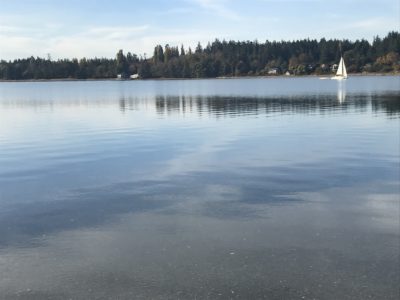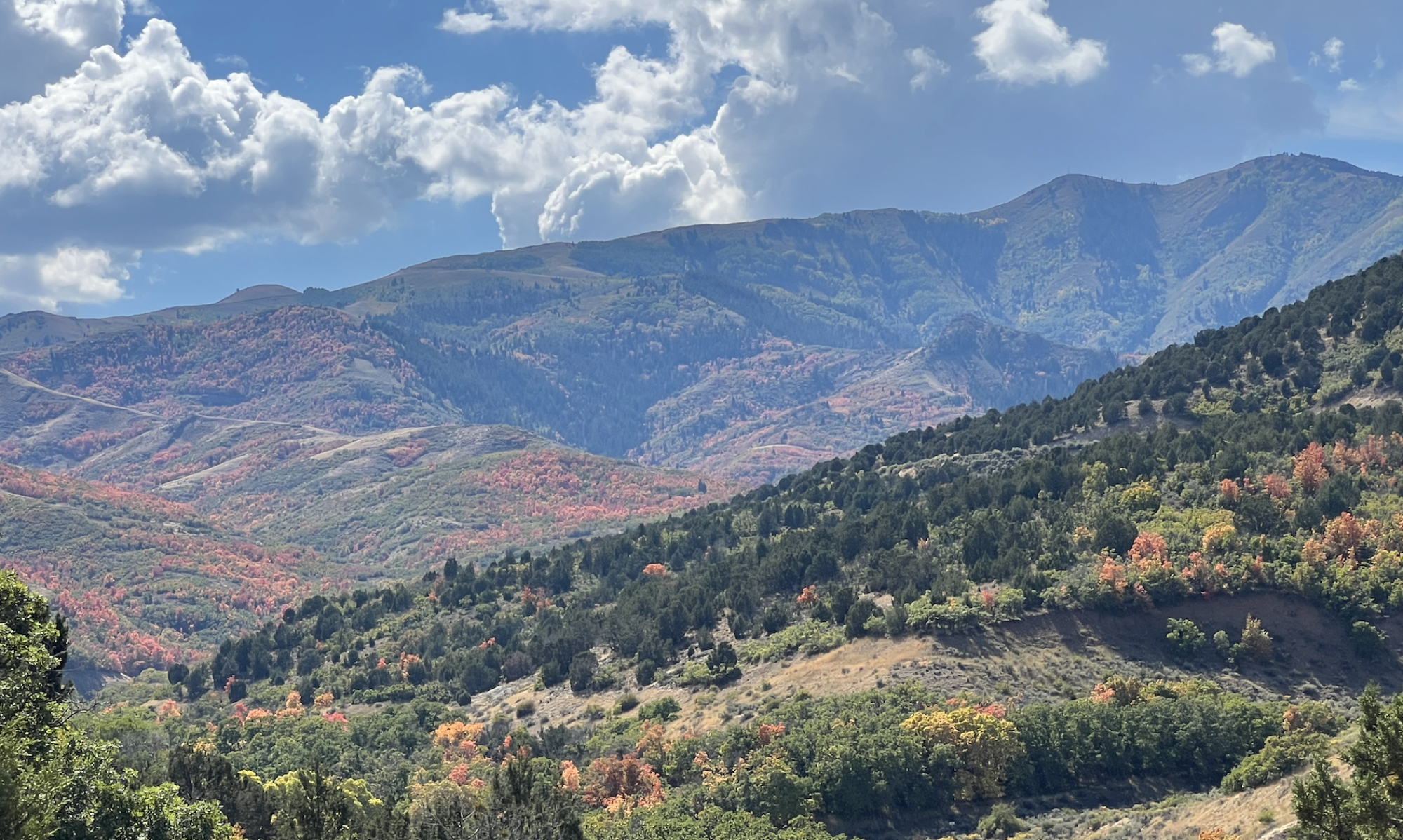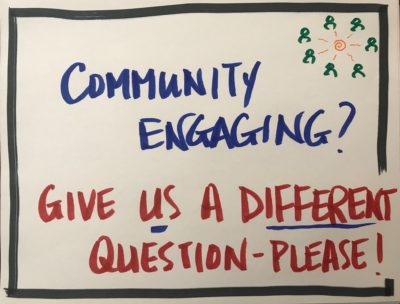
It has always been important to ask good questions, hasn’t it. The questions that reach deeper into what is really going on. The questions that add just enough clarity that they move us just a little. The questions that stop us in our tracks and that reshape everything.
I’ve been thinking a lot lately about good questions. Actually, that’s not completely true. I’ve been thinking a lot lately about what might help the people that I’m with (and me) in the circumstances that they find themselves in. These are work contexts in which teams are trying to stay healthy. These are some more personal contexts in which individuals are trying to make sense of very raw material.
Perhaps it is all raw. The check-ins that I’ve been a part of lately have all had a noticeable amount of sorrow in them — because of the shootings in New Zealand, or the unrest in Paris, or animated disputes that are national and local politics, or the shooting without cause of another black man, or the fires that burn in Australia, or the continued revelations of abuse within church systems that lay covered for decades. Or, or, or. There is rawness.
There are two particular questions that I’ve been noticing are helpful for these intense times — again, in my search for what helps. And these questions, though they can be very useful at scale and in more formal program within organizational systems, are what I’m thinking about that can help in a more horizontal way. These are questions that can be asked more vitally with one another, even in casual circumstances.
- What do you feel is the essence of what is happening here? The key word in this is “essence.” Well, that and, “you feel.” The layers of complexity that continue to grow, the layers of interconnectedness, the layers of soundbites and manipulated communications — these are all leading us to an even more paramount layer of reclaiming essence. What is at the core of this? What is most central? What is at the crux of it? The “you feel” is important in that it’s welcoming the subjective — because complexity requires us to expect the subjective. It’s not “the truth” that can be manipulated and marketed that matters. It’s “a truth” that comes from awareness that matters and from good listening together.
- Are there improvements your can offer or suggest? The key word in this one is “improvements.” And, “offer.” Improvements aren’t about a complete fix. They aren’t about magically taking on the whole dragon with single-handed bravado, expecting to conquer. That’s good mythological material, and I suppose, some imprinted DNA of expected story. But what seems to matter more these days is some of the incremental movement, and from a chosen value. Is there something that you feel we could do slightly better here? Is there an essence to your improvement? The “offering” here is about a needed capacity to experiment. It’s giving us all something to try and to work from a spirit of proposals.
These questions aren’t that complicated. I’m not even trying to wordsmith them too much. The questions are simple. The values — essence and improvements — are deliberate. The simple questions are often what helps us move, any of us as individuals and in teams, in some rather complex, intense, raw, and shock-filled domains. In my most simple impulses, I imagine that these questions asked with some deliberateness — whether in the coffee room, the staff meeting, or in the company-wide — these questions animate an energy that brings some wisdom and aliveness back to our endeavors. They are life-lines to help in what feels like drowning in complexity.
It was my friend and colleague, Toke Moeller, that I most remember speaking a simple principle from our work together in the early 2000s. “Purpose is the invisible leader.” Toke was pointing to the clarity of purpose needed, that if animated, has a way of guiding all of us. It is my sense, as I think it was for Toke and many of us back then, that a focus on first, essence, and then, improvements, get us to more of a shared purpose these days. And, well, with that, perhaps some hope too.
All from a few questions.
Thanks in particular to colleague and friend Kathleen Masters, and a recent conversation in which some of these points of awareness became a bit more clear.




